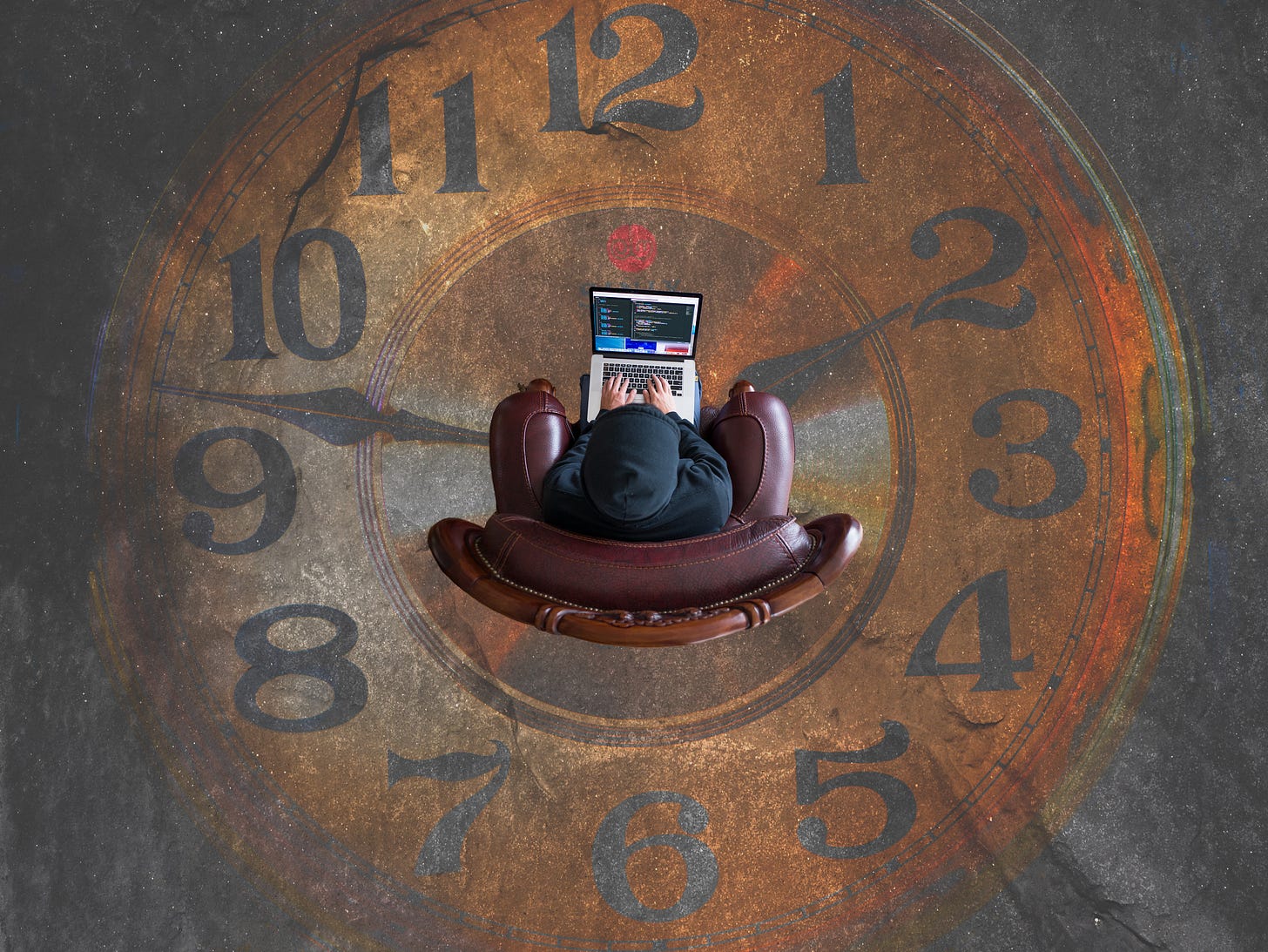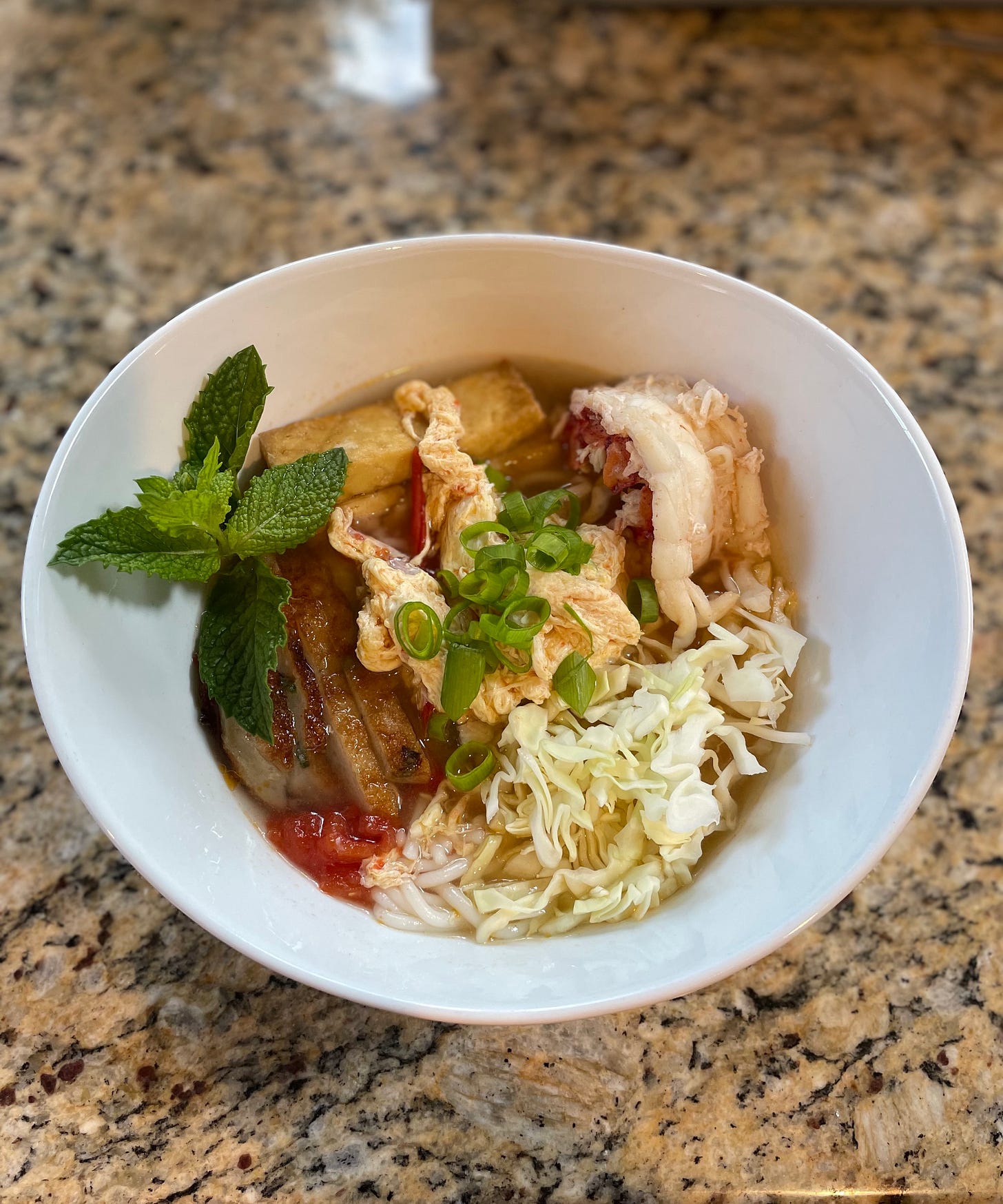
“How’s the book going?”
For most writers, this is equivalent to the sound of nails across a chalkboard, followed by a blubbering mess of an answer. If I were analyzing this book as a project manager, this answer would be simple: Set the deadline, determine the minimum word count (80,000-100,000, depending on your genre), and work backwards to determine how many words per day it will take to achieve your goal.
Unfortunately, it also means you could write, “I am a New York Times bestselling author” ten thousand times over and satisfy the requirement.
Yet the longer I study the craft of writing, the more clearly I see the difference between a book that’s rushed vs. one where the author carefully laid out the plot, weaving together the characters and prose to create a story that hits a reader in the gut and leaves them breathless. Whenever I came across the latter, I would flip through the acknowledgements and confirm my suspicions: that it took them years (sometimes up to a decade!) to conceive, write, sell, and publish the darn thing.
So then I wondered:
What would happen if I didn’t set a deadline?
Honestly, I thought someone was going to storm into my office, bash my computer, and lecture me on my lack of discipline. And then I remembered I wasn’t a teenager neglecting my calculus homework anymore. I started prioritizing sleep over staying up late to write. I began carrying around a journal, jotting down ideas while my daughter was at the playground and inspiration struck. Instead of executing on the first thing I brainstormed; I pitched the idea to my coach, and would sometimes spend hours defending its place in the story until she let it go or I came to the conclusion that she was right—and shuffled my plot points all over again.
And most important of all: when I finally transitioned from outlining to writing, I did it with confidence, knowing each proposed scene built upon each other to create the heart-stopping emotional story I’ve been dreaming about for years, but didn’t have the mindset or skill to execute until now.
Which leads me to believe:
In the later stages of the creative process,
precision trumps quantity.
Recently, I shared 31 lessons learned from my two-and-a-half-year-journey of writing this manuscript—from the adrenaline rush of finishing a first draft to the stages of triumph, agony, self-doubt, and ultimately, joy. Whether you’re curious about my process or considering writing a book yourself, I hope you see that your self-worth doesn’t hinge on your ability to finish things. That creativity doesn’t need to be measured by follower count or revenue earned; that it’s okay to pursue an activity simply for the opportunity to learn and grow.
Unfortunately, I still have yet to formulate the perfect elevator pitch to “How’s the book going?” It’s not that people shouldn’t ask (I’m grateful they do!), it’s just that unless they’re a fellow writer, I don’t want their eyes to glaze over when I explain the nuances of plot structure. If I were to rewrite this scene all over again, what I should have said was:
I’m happy with my progress. Thank you for asking.
WRITE 👩🏽💻
As a writer, I feel there is so much pressure to publish (or else, perish!) that I often forget the value of writing for self-reflection. I recently reread The Creative Habit by Twyla Tharp and went through her Creative Autobiography exercise, which consists of 33 questions to unravel what she calls your “creative DNA.”
If you understand the strands of your creative DNA, you begin to see how they mutate into common threads in your work. You begin to see the “story” you’re trying to tell; why you do the things you do (both productive and self-destructive); where you are strong and where you are weak (which prevents a lot of false starts), and how you see the world and function in it.
Full set of questions is here and if you end up doing the exercise, leave me a comment and let me know!
LIFE 🏡
It’s my daughter’s first full week of Pre-K, meaning I will have six (!) extra hours a week to fit in writing, errands, chores, and the occasional self-care activity—keeping in mind that sickness and field trips and sub days and general, “I don’t want you to go” pleas could easily whittle that number down to zero.
As frustrating as it can be to stitch my day together, it’s also the last year before full day kindergarten, which will bring forth another problem: What am I going to do with the extra time? Does that mean upping the frequency of this newsletter? Finally assigning myself a book deadline? Jotting down that outline for the the prescriptive non-fiction book I have rolling around in my head? Finessing ideas for the other projects too nascent in their development to publicly share? How do we make plans without obsessing about the outcomes? (Can you tell I am prone to anxiety?)
BALANCE 🧘🏻♀️
As a writer, it’s rare I consider how my body is perceived to the outside world—I learned early on that society valued my brain over my (non-Western) looks and curves. It’s only through motherhood that I truly understood the power of nutrition to fuel my creativity, and as a result—rewrite decades of 90s fad diet brainwashing and the belief that I was somehow defective.
I chat more about this with
and of as part of their series on body image. We cover my first diet at eight years old (think a LOT of Special K cereal and aspartame-laced yogurt), taking up ballet as an adult, and why there is no one-size-fits-all approach to health.READING 📚
Seven Days in June by Tia Williams. Second best book I’ve read all year and surprise! It’s another second-chance romance. I loved Eva’s brutal honesty about her debilitating migraines, Shane’s sobriety arc, and the premise of the two lovers launching bestselling author careers from writing what they know best—each other.
STREAMING ⏯
Little Voice by Sara Bareilles. To my delight, my daughter discovered this song on the Sesame Street app and now requests “Love Song” on repeat—which also happened to be my cell phone ringtone (remember when that was a thing?!) in college. So it’s been fun to rediscover an album I previously loved, and as a creative, compare how songs from her Careful Confessions EP morphed into the studio versions on this debut. For something more current, try her live album at the Hollywood Bowl.
COOKING 🍜
Bún riêu, or Vietnamese crab and tomato noodle soup. Thanks to a harvest of tomatoes and my mother living out-of-state, I had to take matters into my own hands. Unfortunately, I was not prepared for how much seafood it takes to give the broth its traditional briny flavor (crab is traditional but expensive 🫰, I experimented with lobster tail and clam broth). Decent for a first try, but going back into the archives until I come up with a more cost-effective (possibly veg?) version.
Happy September,
Sophia :)
P.S. In case you missed it, here’s last month’s essay on how a high school English teacher dubbed me “the laziest student he ever had”—and turned out to be a sexual predator.
"The laziest student I ever had"
Warning: The following essay contains discussions about sexual abuse and self-harm—these topics can be distressing for some individuals. If you find this content triggering, please consider skipping or reaching out to a support resource like the National Sexual Assault Hotline (online.rainn.org) or the Suicide and Crisis Lifeline (988lifeline.org). Reme…






Thank you for sharing this peek into your brain — it's fascinating to learn more about your craft. And Aliza and I loved sharing your thoughts on exercise, food, and your body with our readers, so a second thank you!
There's so much good food for thought here -- but that soup, oh wowwww. Yumm!